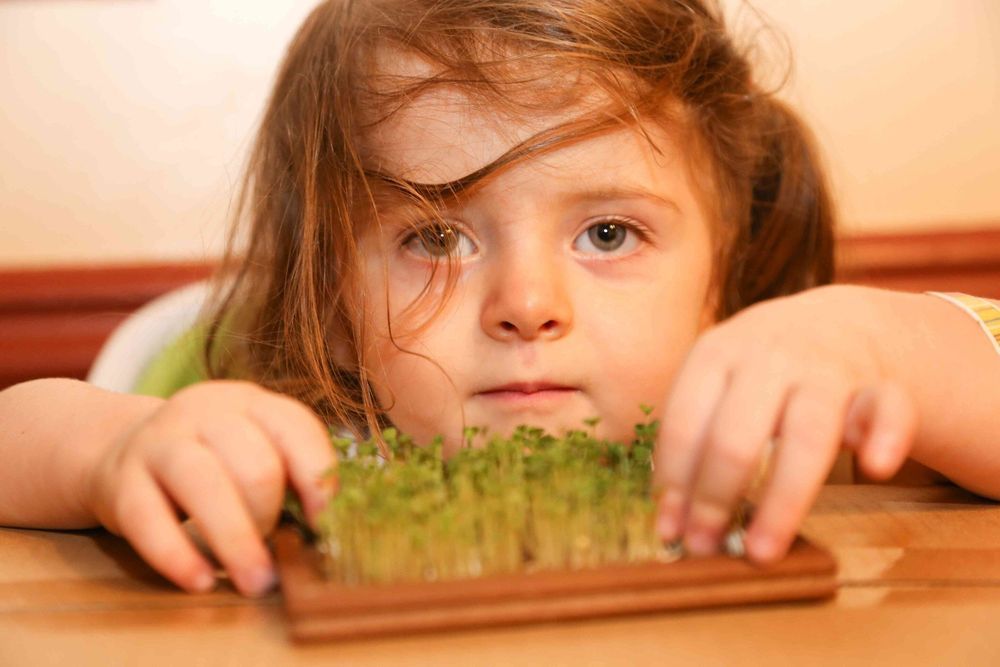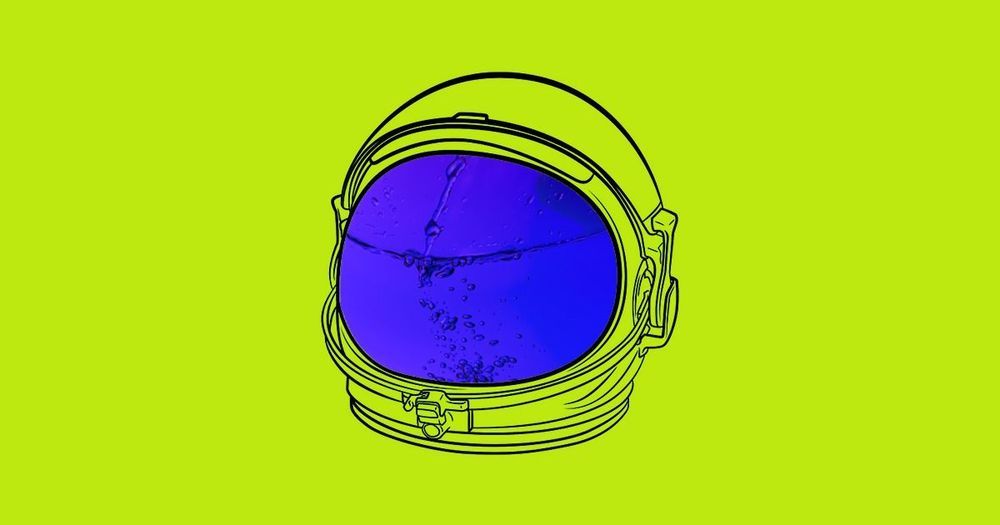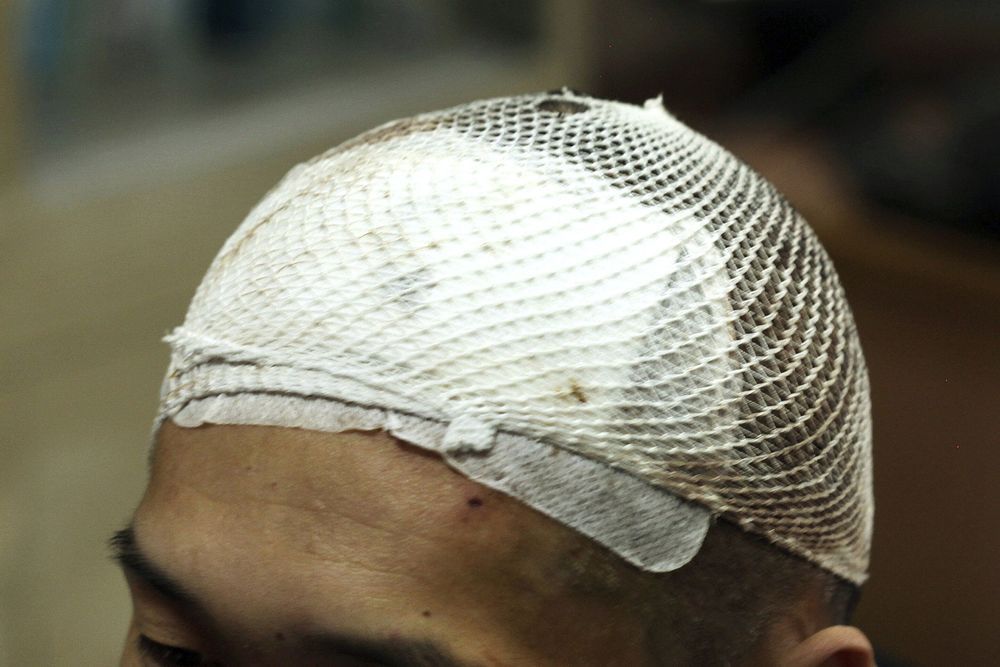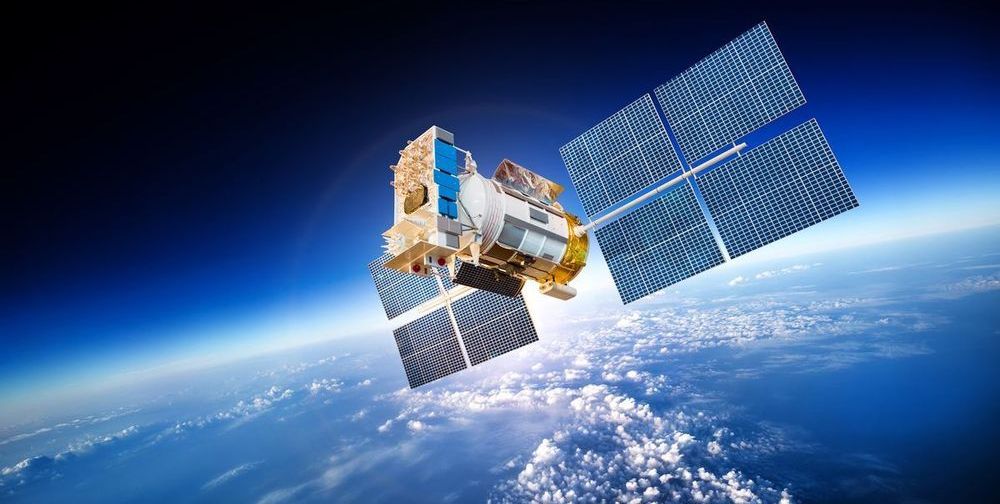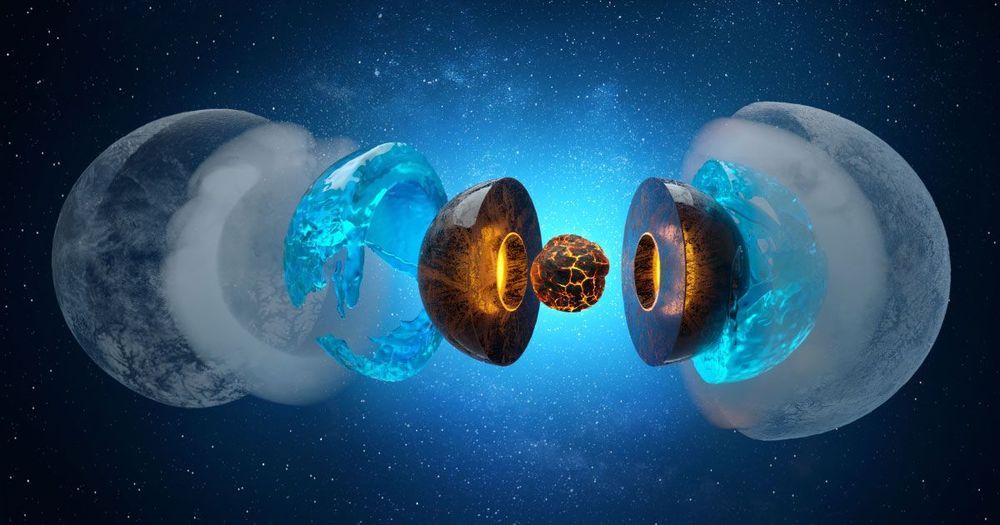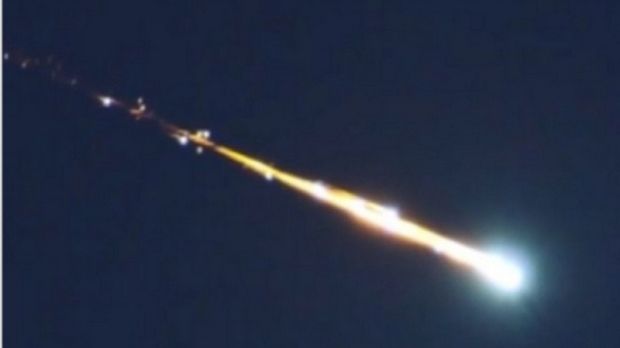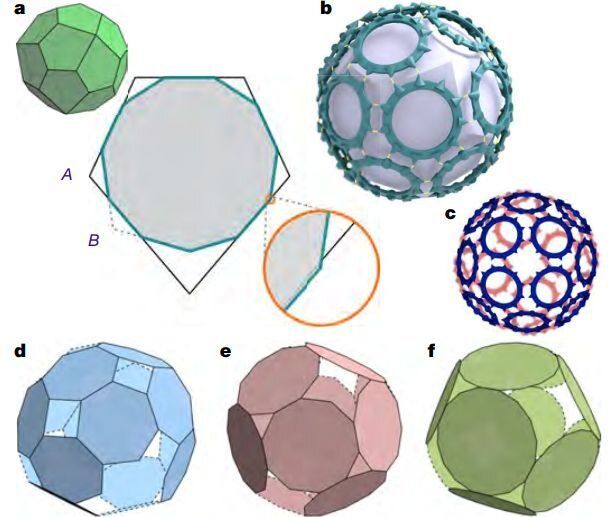May 8, 2019
Wireless movement-tracking system could collect health and behavioral data
Posted by Quinn Sena in categories: health, information science
We live in a world of wireless signals flowing around us and bouncing off our bodies. MIT researchers are now leveraging those signal reflections to provide scientists and caregivers with valuable insights into people’s behavior and health.
The system, called Marko, transmits a low-power radio-frequency (RF) signal into an environment. The signal will return to the system with certain changes if it has bounced off a moving human. Novel algorithms then analyze those changed reflections and associate them with specific individuals.
The system then traces each individual’s movement around a digital floor plan. Matching these movement patterns with other data can provide insights about how people interact with each other and the environment.
Continue reading “Wireless movement-tracking system could collect health and behavioral data” »
